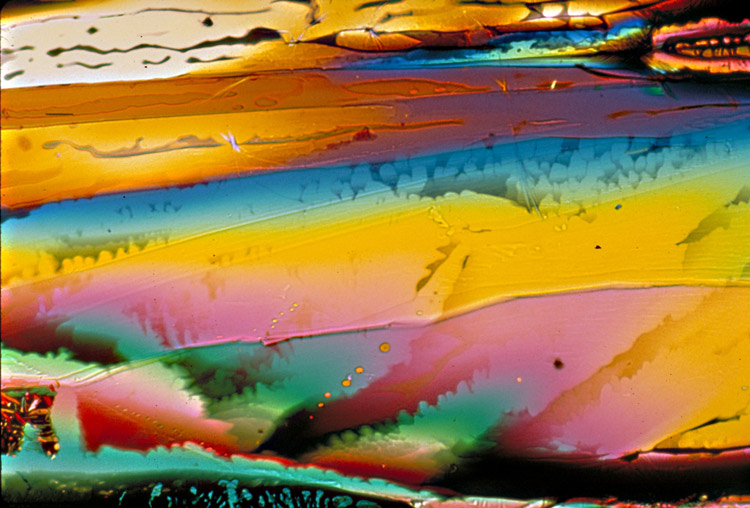 Choline [(2-hydroxyethyl)-trimethyl ammonium] is a primary amino alcohol and in biological system is usually present in the form of phospholipids. The most important phospholipid containing choline is phosphatidylcholine. This concerns a member of the phosphoglycerides, consisting of the trivalent alcohol glycerine to which two fatty acid residues and one phosphoric acid residues are combined. The latter is esterified with choline. Phosphatidylcholine is also known by the name of lecithin. Eggs, soy beans and liver are rich in choline or phosphatidylcholine. In terms of nutritional physiology, both of the natural substances belongs to the group of vitaminoids. These are active ingredients with vitamin-like effects.
Choline [(2-hydroxyethyl)-trimethyl ammonium] is a primary amino alcohol and in biological system is usually present in the form of phospholipids. The most important phospholipid containing choline is phosphatidylcholine. This concerns a member of the phosphoglycerides, consisting of the trivalent alcohol glycerine to which two fatty acid residues and one phosphoric acid residues are combined. The latter is esterified with choline. Phosphatidylcholine is also known by the name of lecithin. Eggs, soy beans and liver are rich in choline or phosphatidylcholine. In terms of nutritional physiology, both of the natural substances belongs to the group of vitaminoids. These are active ingredients with vitamin-like effects.
Functions of choline
Choline acts as a structural and functional molecule:
- Liver function. Choline in the form of phosphatidylcholine is the most important phosphoglyceride of the cell membrane in terms of quantity and is contained within the liver parenchyma in high concentrations. Here it contributes to the maintenance of normal liver function.
- Lipometabolism. Choline is an important component of lipoproteins and is this involved in the exchange of lipids between the organs. Choline in this way contributes to a normal lipometabolism.
- Homocysteine metabolism. Choline is the raw material for the synthesis of betaine and is this involved in the methylation reactions, including those of homocysteine. Choline thus contributes towards normal metabolism of homocysteine.
Useful information.
- Choline or phosphatidylcholine can be formed by the human body from the amino acids serine and methionine. However, the human body's own production is insufficient to cover demand. It is for this reason that the American Institute of Medicine (IOM) and the European Food Safety Authority (EFSA) have presented recommendations for an adequate choline intake (healthy adults: 400-550 mg/day).
- In the metabolism, choline works closely with the vitamins B2, vitamin B6, B12 and folic acid.
© Intercell Pharma GmbH



